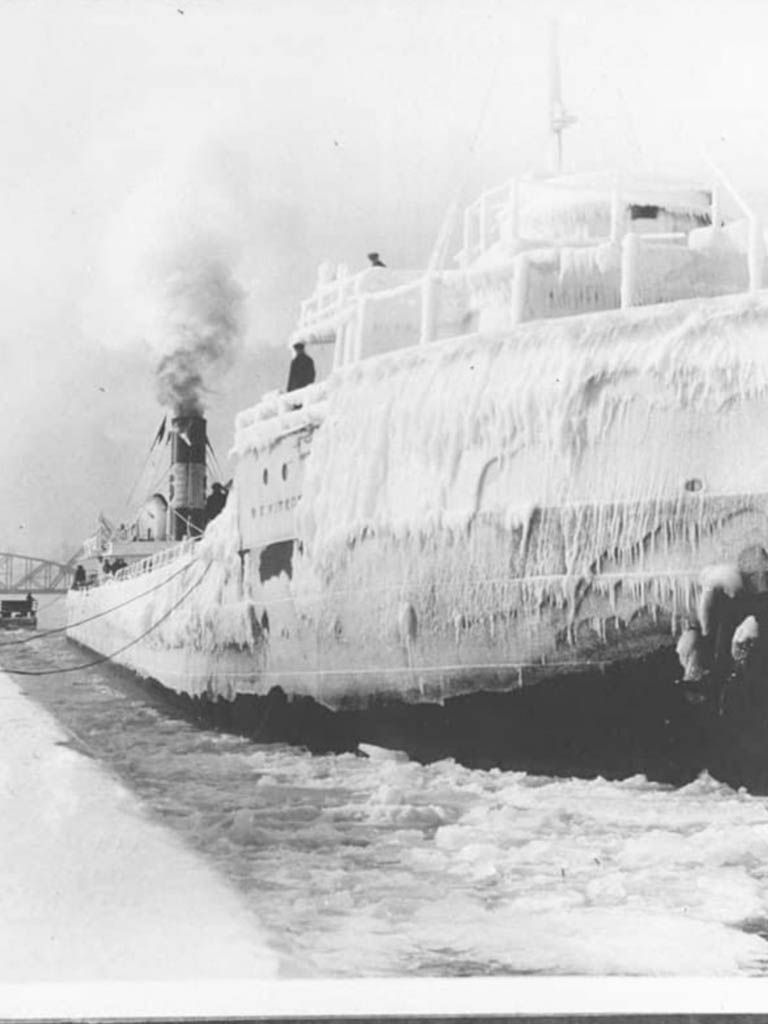We’ve all heard of the Edmund Fitzgerald and her November 10, 1975 disaster, which was considered one of the worst shipping catastrophes in Great Lakes history. Gordon Lightfoot was inspired to write “The Wreck of the Edmund Fitzgerald” after reading an article titled “The Cruellest Month” in the November 24, 1975, issue of Newsweek. Following the sinking, Great Lakes shipping regulations and practices were altered to include mandatory survival suits, depth finders, positioning systems, increased freeboard, and more frequent vessel inspections.
The Scuba News Canada: The Edmund Fitzgerald
But have you heard of the Edmund Fitzgerald’s “Father”, the SS W.E. Fitzgerald?
In the late 1800s, William and Julia Fitzgerald of Marine City, Michigan, were the epicentre of an active wooden shipbuilding industry. They had six sons who were fascinated by the St. Clair River’s wooden sailing ships and early steamboats. The six Fitzgerald brothers all became captains of Great Lakes ships.
The W.E. Fitzgerald was a steel Great Lakes bulk freighter built in Wyandotte, Michigan, USA by Detroit Shipbuilding. On September 8, 1906, she set sail in the Great Lakes with a triple expansion steam engine producing 1650 IHP. Her first voyage was for iron ore from Detroit, Michigan to Duluth, Minnesota.
On December 14, 1926, she was caught in heavy seas outside of Port Arthur, Ontario, and sustained damage to her frames and hull plating. Her hull plates were repaired in large numbers. In 1929, Boom Electric Welding Co. in Cleveland, Ohio converted her to a scraper type self-unloader. The American Steamship Company bought the W.E. Fitzgerald in 1969, but she never sailed for them. Instead, she sat until October 1971, when tugs Herbert A. and G.W. Rogers towed her to Ramey’s Bend. During the winter of 1971-1972, the W.E. Fitzgerald was scrapped in Humberstone, Ontario.
As the Edmund Fitzgerald was launched in June 1958, it’s possible “Father” and “Son” may have passed each other while travelling the Great Lakes.







